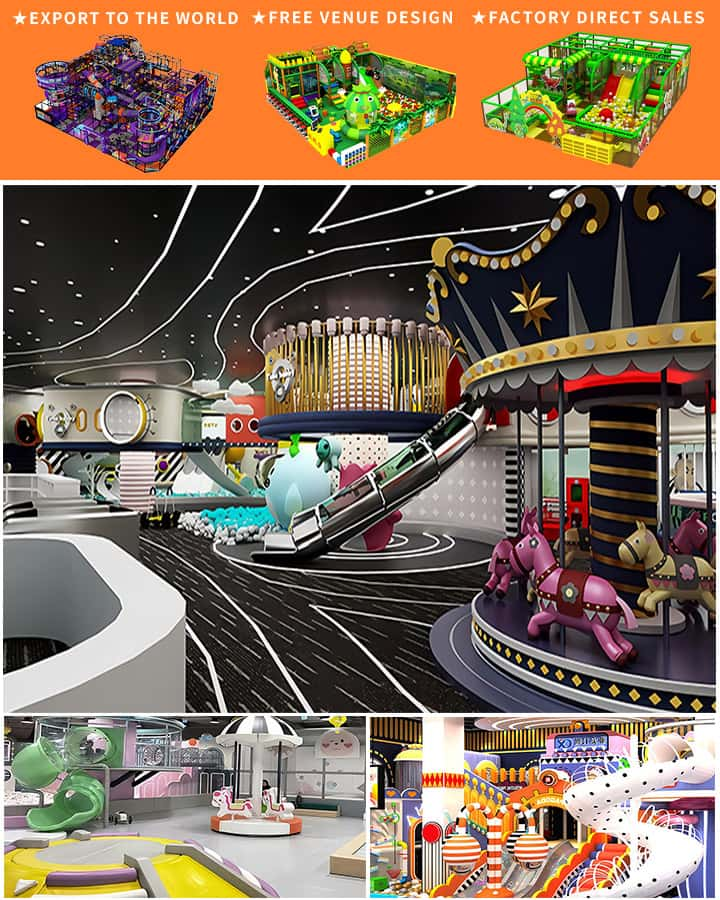Purchasing children’s playground equipment is an exciting yet crucial task that requires careful consideration to ensure the safety, enjoyment, and developmental benefits for children. Whether you are outfitting a backyard, a public park, or a commercial daycare facility, here are some essential tips to guide you through the process.
Safety First
Safety is paramount when it comes to children’s playground equipment. Ensure that all items comply with relevant safety standards and regulations, such as those set by the American Society for Testing and Materials (ASTM) and the Consumer Product Safety Commission (CPSC). Look for equipment made from non-toxic, durable materials that can withstand extensive use without breaking or deteriorating. Additionally, check for smooth edges, secure fastenings, and no protruding parts that could pose choking hazards or cause injuries.
Age Appropriateness
Children of different age groups have varying physical abilities and interests. Choose playground equipment that is suitable for the intended age range. For toddlers and younger children, opt for simpler, lower structures like sandboxes, small slides, and swings. Preschoolers might enjoy climbing walls, miniature playhouses, and interactive toys. School-age children often benefit from more challenging structures like monkey bars, taller slides, and multi-activity stations that promote physical activity and coordination.

Durability and Quality
Invest in high-quality, durable equipment that can withstand years of use, especially if you are purchasing for a public or commercial setting. While it may be tempting to cut costs, inferior equipment can quickly wear out or break, posing safety risks and necessitating frequent replacements. Read reviews, seek recommendations, and choose reputable brands known for their craftsmanship and durability.
Educational and Developmental Benefits
Playground equipment should not only be fun but also promote physical, social, and cognitive development. Incorporate elements that encourage imaginative play, problem-solving, and physical fitness. Climbing structures help develop motor skills and balance, while cooperative games on seesaws and merry-go-rounds foster social interaction. Consider adding sensory play components like musical instruments or tactile panels to enhance the educational value of the playground.
Maintenance and Upkeep
Regular maintenance is essential to keep playground equipment safe and functional. Inspect equipment periodically for signs of wear and tear, rust, or damage. Follow manufacturer guidelines for cleaning and lubrication, tighten any loose bolts or screws, and promptly repair any issues. Adequate maintenance extends the lifespan of the equipment and ensures ongoing safety.
Budget Considerations
Establish a budget before shopping for playground equipment, but don’t sacrifice quality for cost. Balance your financial constraints with the long-term benefits of investing in durable, high-quality items. Sometimes, it’s worth spending a bit more upfront if it means avoiding frequent replacements and ensuring the safety and satisfaction of the children who use the equipment.
Installation and Assembly
Proper installation and assembly are critical to ensure the stability and safety of playground equipment. Follow all provided instructions carefully and consider hiring professional installers if the setup is complex or if you’re unsure about doing it yourself. Improper installation can compromise the safety and structural integrity of the equipment.
Final Thoughts
Purchasing children’s playground equipment is an investment in the health, happiness, and development of young minds and bodies. By prioritizing safety, choosing age-appropriate and durable items, and considering educational benefits, you can create a delightful and enriching environment for children to explore, learn, and grow. With proper planning and care, a well-chosen piece of playground equipment can provide years of joy and developmental support for children of all ages.




